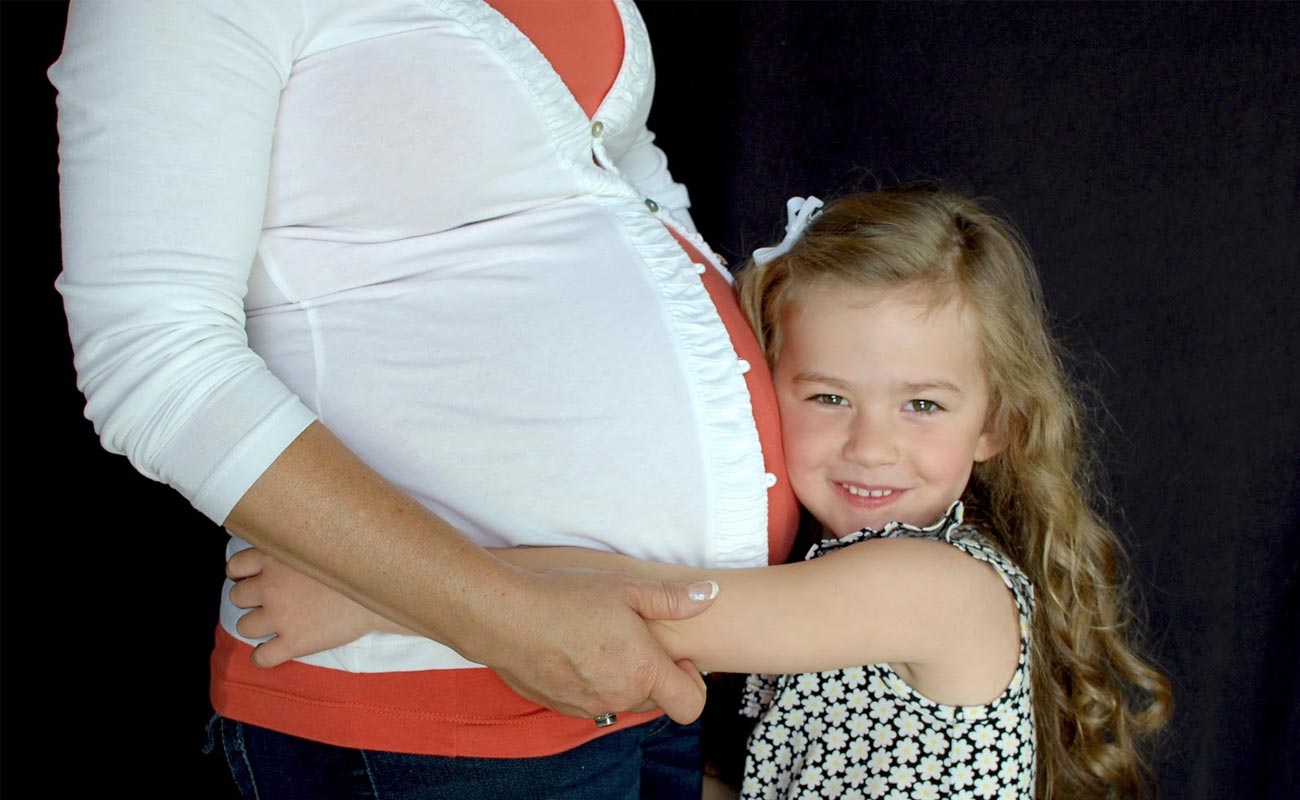For individuals who are self-conscious about loose, drooping skin around their midsection or for those with weakened abdominal muscles due to pregnancy or weight loss, tummy tuck surgery may be the best way to achieve a firmer, more youthful figure. Although not considered a weight loss procedure, a tummy tuck can refine a person's contours when diet and exercise are not enough to eliminate stubborn excess tissues and fat cells.

During tummy tuck surgery, clinically known as abdominoplasty, a plastic surgeon removes loose skin, tightens the abdominal muscles, and eliminates stubborn deposits of fat. This proven surgical treatment can be thoroughly customized to meet the unique needs and goals of each individual patient. There are several variations of tummy tuck surgery, each designed to target certain areas of the body or specific issues. An experienced plastic surgeon can thoroughly explain these options and help patients arrive at a treatment plan that will gives them natural results and an improved sense of confidence.
A tummy tuck is suitable for men and women who are in good health.
Women who have had several pregnancies may find the procedure useful for tightening their abdominal muscles and reducing skin.
A tummy tuck is also an option for men or women who were once obese and still have excess fat deposits or loose skin around the belly.
If you're a woman who plans to get pregnant, then you may want to postpone a tummy tuck until you're done having children. During surgery, your vertical muscles are tightened, and future pregnancies can separate those muscles.
Are you planning to lose a lot of weight? Then a tummy tuck also is not for you. A tummy tuck should be a last resort after you've tried everything else. It should not be used as an alternative to weight loss.
You should also consider the appearance of scars after a tummy tuck. You can talk about scar placement and length with the doctor before the surgery.

Medications are administered for your comfort during the surgical procedures. The choices include intravenous sedation and general anesthesia. Your doctor will recommend the best choice for you.
A full tummy tuck requires a horizontally-oriented incision in the area between the pubic hairline and belly button.
The shape and length of the incision will be determined by the amount of excess skin. Once the abdominal skin is lifted, the underlying weakened abdominal muscles are repaired.
A second incision around the navel may be necessary to remove excess skin in the upper abdomen.
The upper abdominal skin is pulled down like a window shade. The excess skin is trimmed and the remaining skin is sutured together. A new opening for the belly button is created. The belly button is popped through to the surface and sutured into position.
Sutures, skin adhesives, tapes or clips close the skin incisions.
Your tummy tuck will result in a flatter, firmer abdominal contour that is more proportionate with your body type and weight.
Like any other type of major surgery, a tummy tuck poses a risk of bleeding, infection and an adverse reaction to anesthesia.
As with any other surgery, the first thing that we evaluate is the patient’s age and general health. Are there any health issues such as high blood pressure, heart problems, smoking, diabetes that the patient is under treatment for? The presence of any of these, especially if uncontrolled, can lead to problems and sometimes serious complications with surgery, especially with an abdominoplasty. Such health issues need to be under control, the patient needs to stop smoking, and in most such situations patients have to obtain a “Medical Clearance” from their treating physician. And even with that, it is ultimately the plastic surgeon’s responsibility to decide whether it is safe for the patient to undergo an abdominoplasty or not.

Then we evaluate the patient physically. Does the patient have a general obesity problem? What are the problematic components of the abdomen? Is it mainly hanging, or is there visceral (intra-abdominal) adiposity that is causing the abdomen to bulge. If the patient’s problem is generalized obesity, or intra-abdominal adiposity (fatty tissue), then the patient needs to primarily lose weight. If they are hoping to eliminate their obesity with a tummy tuck, they usually will be disappointed.
One main component of an abdominoplasty is tightening the rectus abdominis muscles (abs), since these muscles lose their tone and separate in the midline (diastasis recti), with pregnancy and with weight fluctuation. Patients are advised to exercise using our recommended exercise regimen which focuses on the rectus abdominis muscles and bring their bodies into shape, in preparation for the surgery and for continuing to exercise after the surgery.
Ideally patients need to go on a healthy eating and exercise routine starting 1-2 months before surgery and continuing this after surgery for the optimal result.

A tummy tuck, or abdominoplasty, can cost between $3,000 and $12,000, depending on the surgeon you choose, the geographic location of the surgeon's practice, the scope of treatment, and several other factors. The American Society of Plastic Surgeons reports that patients pay about $5,500 for the procedure on average.
If you are seeking to have this procedure done by the lowest possible price, you could easily find the best price in Iran. The country has been referred to as one of the top countries in the globe. High rates of patient’s satisfaction is an indication of this claim. Besides, the price in Iran is almost the one third of what is paid in the USA.
Submit Comment